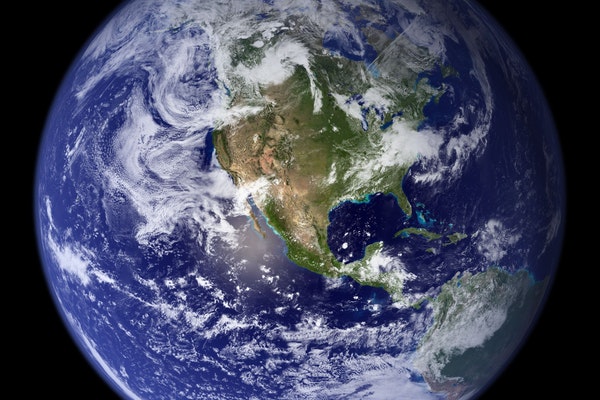
The month of April has been designated as “Earth Month.” To commemorate Mother Earth, it is a terrific opportunity to remind residents of “non-planet” Jupiter of interesting facts about our beautiful planet.
All the planets, apart from Earth, were named after Greek and Roman gods and goddesses. The name Earth is an English/German name which simply means the “ground.” It comes from the Old English words 'eor(th)e' and 'ertha'. In German it is 'erde'. The name Earth is at least 1000 years old.
Earth weighs about 13,170,000,000,000,000,000,000,000 pounds (or 5,974,000,000,000,000,000,000,000 kilograms). Since Earth is too big to be placed on a scale, scientists use mathematics and the laws of gravity to figure out Earth's weight. For your reference I personally reconfirmed this equation, and they are correct : ).
Earth is thought to be between 4.5 and 4.8 billion years old. The age of Earth is found by measuring the age of incredibly old Earth rocks. This is done by measuring the rate at which elements of the radioactive metal uranium decay (break down) into lead. Scientists have also measured the age of meteorites which have fallen onto Earth's surface, and the age of moon rocks brought back by the Apollo astronauts. Both the meteorites and the moon formed around the same time as Earth, and they show similar ages.
Earth's circumference is 24,901 miles. Its diameter is 7,926 miles. Earth is slightly smaller when measured between the North and South Poles which gives a diameter of 7,907 miles. Earth bulges out a bit more around the equator than around the poles because of its rotation. I blame my bulges around my equator for the same reason.
Earth moves amazingly fast. It spins at a speed of about 1,000 miles per hour and orbits around the Sun at a speed of about 67,000 miles per hour. We do not feel any of this motion because these speeds are constant.
Class dismissed...Enjoy the day!



